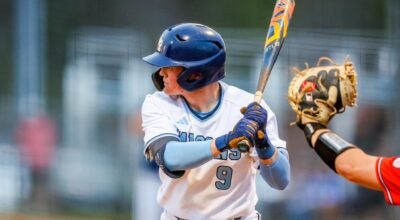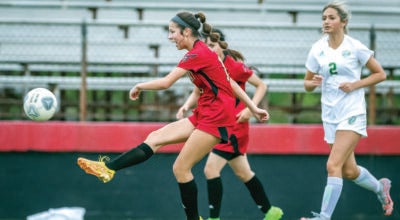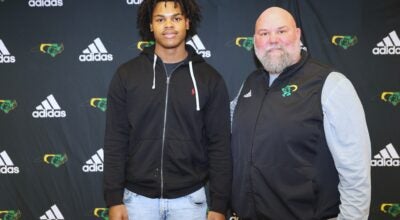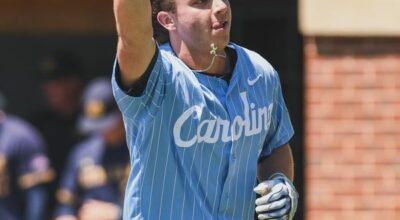Private testing outlawed
Published 12:00 am Wednesday, September 24, 2014
CHARLOTTE, N.C. (AP) — NASCAR announced a new rules package Tuesday that will ban all private testing in 2015, including the annual Daytona 500 test, and levy the stiffest penalty possible on any team caught conducting its own sessions.
The only testing allowed next season will be sessions conducted by NASCAR or Goodyear. Any team caught testing on its own will receive a P6 penalty, the highest on NASCAR’s new punishment scale. It carries a loss of 150 points, a minimum $150,000 fine and a six-week suspension for the crew chief and other crew members.
“It will be a huge penalty if anyone is caught,” said Steve O’Donnell, NASCAR’s executive vice president and chief racing development officer.
O’Donnell said NASCAR believes teams will police the testing themselves and report any organization that breaks the ban.
The three-day annual Daytona 500 test each January was as much about promoting the season-opening race as it was for teams to shake off any cobwebs from the offseason. O’Donnell said that time will now be used to send drivers on a cross-country promotional tour similar to the “Chase Across North America” that NASCAR held this month with its 16 Chase championship drivers assigned to visit various race markets.
Scrapping the Daytona test was initiated by NASCAR, O’Donnell said, and not a concession to the newly-formed Race Team Alliance, the group of team owners that is pushing for better efficiencies and reduced costs for competition. The RTA maintained the on-track portion of Daytona testing was a waste of money and promoting the Daytona 500 was the priority.
“It’s with collaboration,” O’Donnell said. “It’s working with the entire industry.”
There didn’t seem to be many objections to the testing ban throughout the industry.
“It’s good financially for everyone, most importantly the lower funded teams who maybe don’t have the funds to go test,” said Brian Pattie, crew chief for Clint Bowyer. “Saving money across the board is beneficial for every team.”
Among other changes to the rules package are updated qualifying formats, including at the Daytona 500. The front row will now be set through group qualifying instead of the traditional single-car runs. The rest of the field will be set by a pair of qualifying races later in Speedweeks.
NASCAR is also reducing engine horsepower through a tapered spacer from 850 to 725, and cutting the rear spoiler from 8 inches high to 6 inches. Changes will take about 300 pounds of downforce off of the car.
The horsepower reduction should slow cars from 5-7 mph, O’Donnell said, and is aimed to create more passing through the field over the course of a long green-flag run.
“I think where you will really see it is in the turns, where drivers need to come off the throttle more, and we believe that will be where we see more passing,” O’Donnell said.
Other changes announced Tuesday are that NASCAR will also now use rain tires in the Sprint Cup Series at Sonoma and Watkins Glen.
As for qualifying, the formats will be shortened at all types of tracks, mostly to cut the length of time in the first segment.
The first segment on short tracks and intermediate tracks will be 15 minutes, followed by a break, then 10 minutes, a break, and a final 5-minute session. At superspeedways, the field will be divided into two groups for the first 5-minute session, followed by two more 5-minute sessions.
Road course qualifying will consist of one 25-minute session, followed by a 10-minute session.
The Daytona 500 front row qualifying will be done in groups, but the length of the breaks is still being tweaked as NASCAR needs to fill a 3-hour television window.





